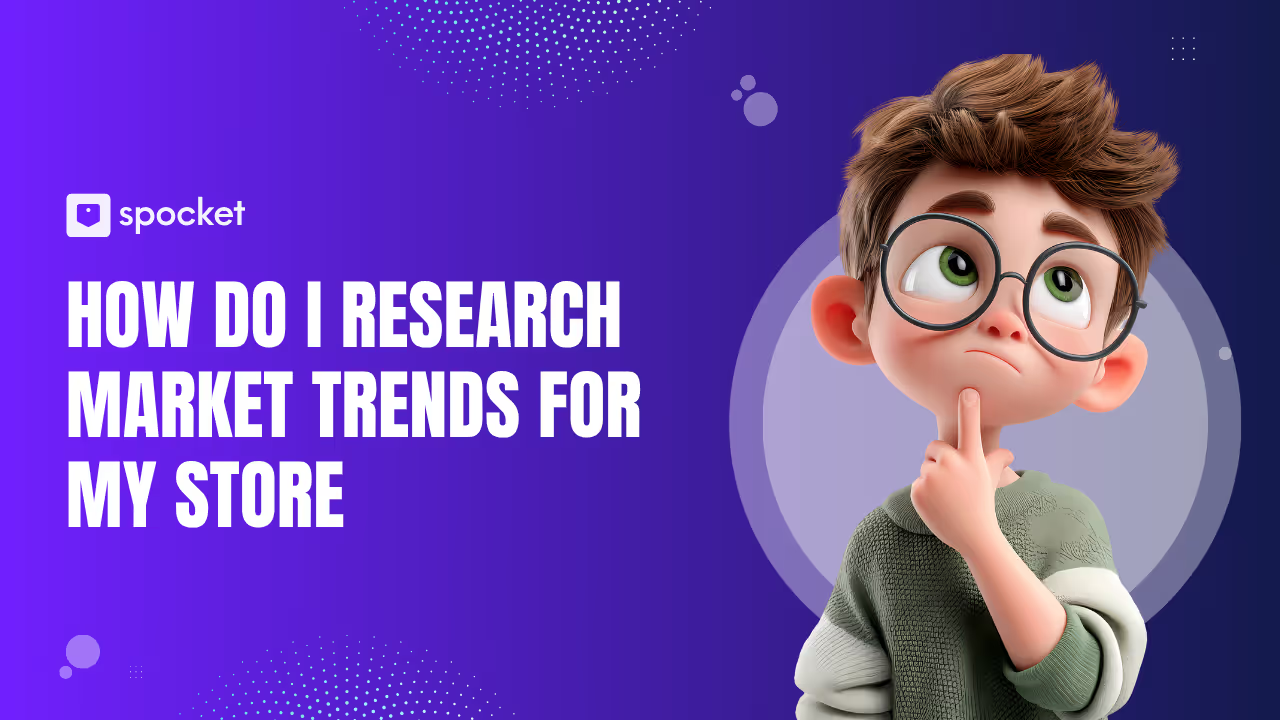ChatGPT, developed by OpenAI, has become a household name in the world of conversational AI. Its versatility across various applications such as content creation, customer service, and productivity has set a high standard. However, as the demand for conversational AI grows, so does the variety of tools available to meet different needs. From specialized models for businesses to more budget-friendly solutions, exploring ChatGPT alternatives can provide unique benefits. This guide delves into the most effective alternatives, enriched with examples, statistics, and references.
Why Consider ChatGPT Alternatives?
Despite ChatGPT’s popularity, it may not be the ideal fit for everyone. Here are key reasons users look for alternatives:
- Cost Management: ChatGPT’s subscription plans can be expensive, especially for startups and individual users. For example, as of 2024, OpenAI's premium plans start at $20/month for ChatGPT Plus, with higher rates for enterprise use.
- Specialized Features: Some AI tools focus on niche functions like SEO content optimization or real-time data access.
- User Preferences: Customization, integration capabilities, and data privacy standards vary among tools.
Did you know, that a recent survey by Statista revealed that 40% of small businesses seek affordable AI solutions tailored to their needs?
Top 7 ChatGPT Alternatives for 2025
1. Jasper AI

Jasper AI is often regarded as the go-to tool for marketers and content creators. With over 100,000 users worldwide, including companies like IBM, Jasper’s template-driven approach simplifies content generation. Users can create everything from blog posts to social media captions with minimal effort.
- Key Features:
- Over 50 templates designed for various writing needs.
- Integrated SEO mode to boost content ranking.
- Multilingual support for global reach.
- Example Use Case: A marketing agency using Jasper AI can streamline ad copy creation and improve client engagement through A/B testing different versions.
- Pricing: Jasper AI starts at $29/month for individual users, with a Business plan that scales according to the size of the team.
2. Claude by Anthropic

Developed by former OpenAI researchers, Claude prioritizes safe, ethical, and secure AI interactions. It is designed to handle a broad range of queries, making it suitable for educational, research, and business use.
- Key Features:
- A focus on ethical AI usage.
- A user-friendly interface that promotes seamless interactions.
- Customizable settings for personalized responses.
- Real-Life Example: A university using Claude can rely on its robust data accuracy for generating academic content while ensuring data privacy.
- Best For: Professionals who require detailed, fact-checked responses.
3. Gemini by Google

Gemini is Google’s foray into AI-driven conversational technology, and it’s powered by Google’s extensive data repositories and Language Model for Dialogue Applications (LaMDA). In the ongoing Gemini vs. ChatGPT debate, Gemini stands out for its real-time data capabilities. Bard stands out for providing real-time data, which is beneficial for dynamic, up-to-date information.
- Key Features:
- Access to live data, unlike static models.
- Advanced language understanding, making it reliable for complex queries.
- Integration with other Google services for comprehensive solutions.
- Example: A travel blogger can use Bard to fetch real-time information about flight prices, trending destinations, and weather conditions.
- Cons: While Bard is powerful, it’s still in its development phase and can sometimes miss conversational subtleties that ChatGPT excels at.
According to a 2024 report, Bard’s user base increased by 50% in just three months post-launch, reflecting a strong demand for AI with real-time capabilities.
4. Microsoft’s Copilot

Microsoft has leveraged OpenAI’s models to integrate Copilot into its Office suite, offering features tailored for productivity. This AI assists users by generating drafts, automating repetitive tasks, and refining content within popular apps like Word and Excel.
- Key Features
- Smart writing assistance in Microsoft Office.
- Automated data insights in Excel.
- Compatibility with cloud storage for seamless document management.
- Example: A project manager using Copilot can automate the generation of project proposals, saving valuable time for strategic planning.
Gartner reported that businesses using productivity AI tools like Copilot have seen a 20% increase in workplace efficiency.
5. Perplexity AI

Perplexity AI stands out for its focus on providing reliable, well-researched answers. It cross-references multiple data sources to ensure factual accuracy, making it ideal for users who need dependable information.
- Key Features:
- High accuracy in responses, backed by verifiable sources.
- A basic free tier for initial exploration.
- User-friendly interface that’s easy to navigate.
- Example: A law firm can use Perplexity AI to gather preliminary legal insights or case studies with references included for further review.
- Best For: Academic researchers, educators, and professionals seeking reliable data.
6. Writesonic

Writesonic is an AI marketing agent when it comes to affordability and ease of use for content generation.With templates for various types of content, Writesonic can be used for blogs, landing pages, and ad copy.
- Key Features:
- Fast content generation with high-quality outputs.
- Customizable tone settings for a range of writing styles.
- Affordable pricing, making it accessible to small businesses.
- Example: An e-commerce store using Writesonic can quickly generate product descriptions that are optimized for SEO, saving significant time.
- Pricing: Starting at $19/month, it’s one of the most budget-friendly options available.
7. HuggingChat

For developers and tech enthusiasts, HuggingChat's open-source Transformers library is a versatile option. With thousands of pre-trained models, this tool can be customized to suit specific needs.
- Key Features:
- Access to a wide range of pre-trained models.
- Strong community support for troubleshooting and development.
- Compatibility with multiple programming languages.
- Example: A startup looking to create a custom chatbot can leverage Hugging Face’s resources to build and fine-tune its own model.
- Cons: It requires technical knowledge, making it less suitable for non-technical users.
Hugging Face reached over 10 million model downloads in 2023, demonstrating its position as a top tool for developers.
Key Considerations When Choosing Your AI
Choosing the right ChatGPT alternative requires a thorough evaluation of your needs and priorities. With numerous AI tools available, each designed with specific strengths, knowing what to look for can help streamline your decision-making process. Here’s a detailed breakdown of essential considerations when selecting the best AI solution for your needs:
Budget
Budget is often one of the most decisive factors when choosing an AI platform. While premium options may come with advanced features, they can also carry high costs. Assess your financial capabilities and find a balance between affordability and feature set.
- Comparison: Take the time to compare the pricing structures of various AI tools. For instance, Jasper AI and Writesonic offer flexible pricing plans starting at $29/month and $19/month respectively, which may be suitable for small businesses or freelancers. Higher-tier plans that cater to larger enterprises might come with extra features such as team collaboration tools and priority customer support.
- Hidden Costs: Be aware of potential hidden expenses, such as overage fees for exceeding usage limits or add-ons for specialized features. Check the terms of service to ensure that you’re fully informed about any additional charges.
Use Case
Your specific use case will significantly influence which AI platform is best suited for you. AI tools are often specialized for certain tasks, so identifying your primary needs can help narrow down your choices.
- Content Creation: If you are a content writer, blogger, marketer, or student, tools like Jasper AI, Writesonic and StudyPro may be ideal, as they come with built-in content optimization features that enhance your writing process.
- Coding and Development: For developers and tech enthusiasts, Hugging Face’s Transformers provides an extensive open-source library with customizable models suitable for building tailored AI applications.
- Customer Service: For businesses focusing on customer interaction, AI like Claude by Anthropic offers robust conversation management with a focus on ethical use, ensuring secure and appropriate responses.
- Productivity: Professionals looking to automate tasks within existing software should consider Microsoft's Copilot, which integrates seamlessly with Office 365 to assist with tasks in Word, Excel, and more.
Ease of Use
The user experience can greatly impact your productivity. An AI platform with a user-friendly interface and intuitive design can streamline your workflow, while a more complex system may slow you down.
- Interface and Usability: Platforms like Perplexity AI are known for their clean and simple layouts, making them accessible for users with varying levels of technical expertise. On the other hand, tools like Hugging Face’s Transformers may require some programming skills, which might be a hurdle for non-developers.
- Learning Curve: Consider how much time you’re willing to invest in learning a new platform. For a business owner or busy professional, choosing an AI that requires minimal setup and training can save time and resources.
Tips for Success
Implementing a new AI solution in your workflow isn’t just about choosing the right tool—it’s also about ensuring its effective use. Here are some practical tips to maximize the benefits of your AI tool:
Try Free Versions
Almost every AI platform offers a free trial or a basic plan. This is an excellent opportunity to test different tools and determine how well they meet your requirements without financial commitment.
- Evaluate Core Features: During the trial period, focus on testing the core features that align with your primary use case. For example, if your goal is to write blog posts quickly, test out the article templates in Jasper AI or Writesonic to see if they match your expectations.
- Customization and Adaptability: Check whether the platform allows for personalization. Tools that enable you to customize the output to match your brand’s tone or business needs can provide a significant advantage.
Monitor Your Productivity
Implementing an AI tool should lead to tangible improvements in productivity. To ensure that your chosen tool is enhancing your workflow:
- Track Progress: Use productivity tracking software or simple project management tools like Trello or Asana to monitor the time saved using the AI tool versus manual work.
- Review Quality: Regularly evaluate the quality of AI-generated content or output to ensure it meets your standards. For instance, businesses might measure the effectiveness of their customer support responses generated by Claude to ensure customer satisfaction.
- Feedback Loop: Gather feedback from your team or clients on the output’s quality and relevance, and adjust the tool’s usage accordingly.
Internal Integrations
The ability of an AI tool to integrate with existing software can significantly boost efficiency. Seamless integrations mean you don’t have to juggle between different platforms, leading to a smoother workflow.
- E-commerce Integration: For online retailers, using an AI that integrates with product sourcing platforms like Spocket can streamline the process from content creation to listing products. This combination ensures an efficient workflow, particularly for dropshipping businesses.
- Workplace Software: If you work primarily within a specific suite of tools, such as Microsoft 365 or Google Workspace, consider AI tools like Copilot or Bard, which integrate natively with those platforms. This saves time by reducing the need for manual copy-pasting or formatting.
- Collaboration Tools: For teams working remotely or collaborating on projects, tools that integrate with Slack, Trello, or Asana can enhance communication and project management.
Final Thoughts
Exploring the best ChatGPT alternatives can open new possibilities for enhancing productivity, creativity, and cost management in your workflow. From tools tailored for content creators like Jasper AI and Writesonic to developer-focused options like Hugging Face, there’s a solution to fit any need. As AI technology continues to evolve, staying informed and experimenting with different platforms will help you find the best fit for your unique requirements.
Whether you’re looking for accuracy, budget-friendly solutions, or powerful integrations, these alternatives to ChatGPT provide a range of options to boost your work or business efforts in 2024. You can also use these tools to get dropshipping business ideas, start a new venture, or boost daily efficiency.







































